Many employers set dress codes for their employees, whether for reasons of safety, professionalism, or a combination of the two. Some dress codes outline general limitations or guidelines, such as requiring enclosed shoes or prohibiting revealing clothing. Other dress codes may involve setting a specific company uniform, particularly in the customer service or sales sectors of the retail industry where customers need to be able to immediately identify representatives of the business.
Employers are free to stipulate such dress requirements in the workplace, as long as they do not discriminate. The grounds for discrimination under Federal law include, but are not limited to, gender, race, age and disability.
How can a dress code discriminate?
There are two forms of discrimination: direct and indirect. Direct discrimination occurs when you overtly treat someone less favourably because of a particular protected attribute which the person possesses. An example of direct discrimination may be if you refused to hire someone of a certain race because you didn’t want them to wear their cultural attire to work.
Indirect discrimination occurs when a rule or policy applies equally to all employees, yet has a discriminatory effect on a certain class of people who share a particular protected attribute. For instance, prohibiting employees from wearing any form of headwear may be indirectly discriminatory against a religion which requires its followers to do so.
Common discrimination issues often arise when a dress code specifies different requirements for men and women – such as that women must wear skirts and men must wear trousers. While the employer may only intend for its employees to look professional, the effect of the code is direct discrimination on the basis of gender. An issue arose recently in the United Kingdom when a female employee was told that she had to wear high heels or would be sent home without pay, yet not surprisingly the same direction was not made to the male employees. A more appropriate dress code would be that all employees must “dress in business attire” or “must present a professional appearance”.
What if there is a valid reason for discriminating?
An exception to dress code discrimination applies for health and safety justifications. It is lawful for an employer to implement dress requirements which may have discriminatory effects, if it is required to prevent hazards in the workplace. For example, you may wish to prohibit loose clothing, if there is a danger that such clothing may be caught in machinery, or require your employees to be clean shaven and have their hair tied back away from their face if working with food.
What does this mean for me?
Dress codes should be reasonable, which means that they can be justified on health and safety grounds, and are appropriate to the particular industry and the nature of the role in which the employee works.
Retailers should carefully review their dress codes to identify if there are any requirements or prohibitions that may have a discriminatory effect. If you wish to discuss whether a particular clause may be unlawful, or whether it can be justified on health and safety reasons, please call the ARA Employment Relations team.
{{cta(‘6ecd3662-2c5f-4bb4-a46f-10c587603aa3’)}}




















